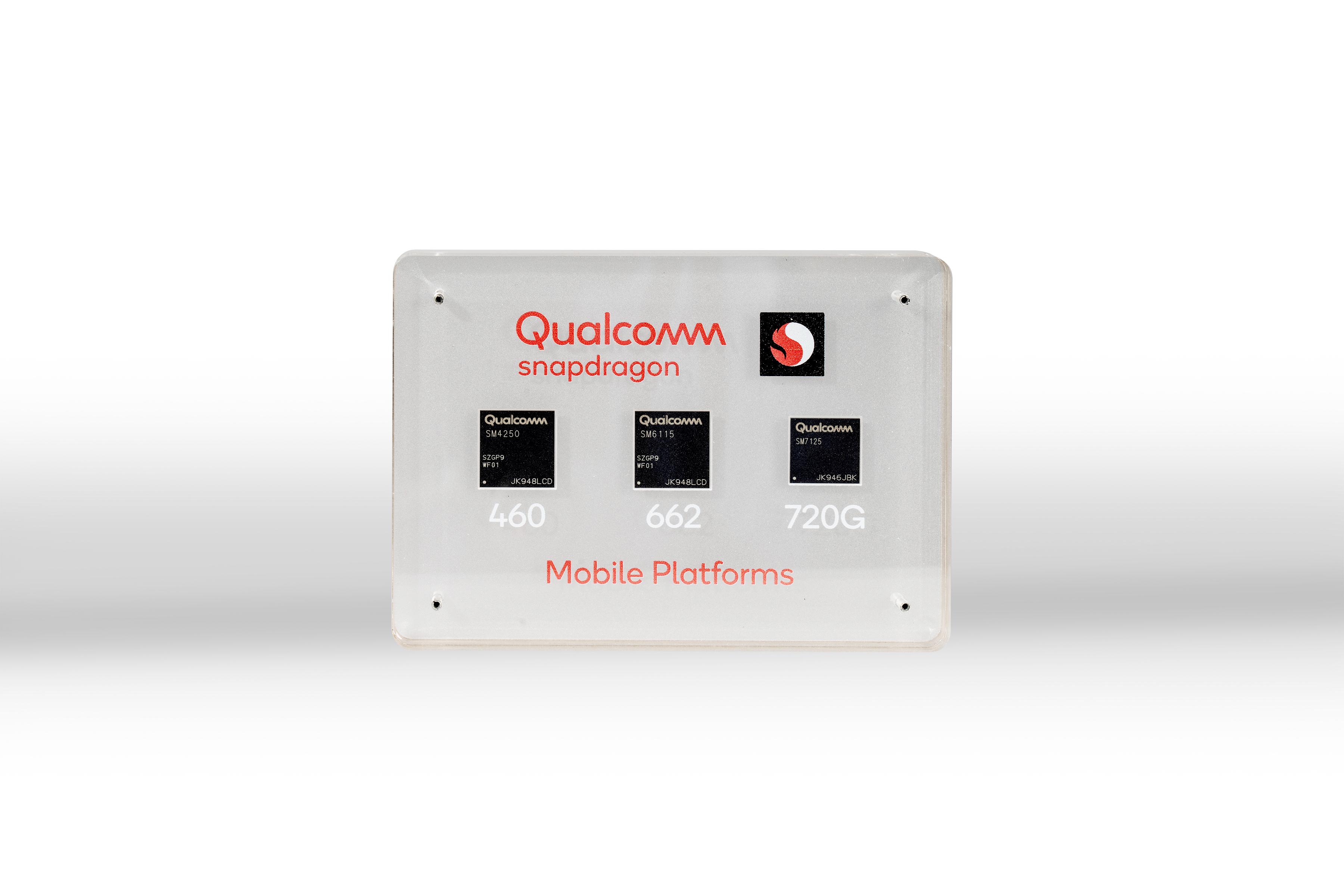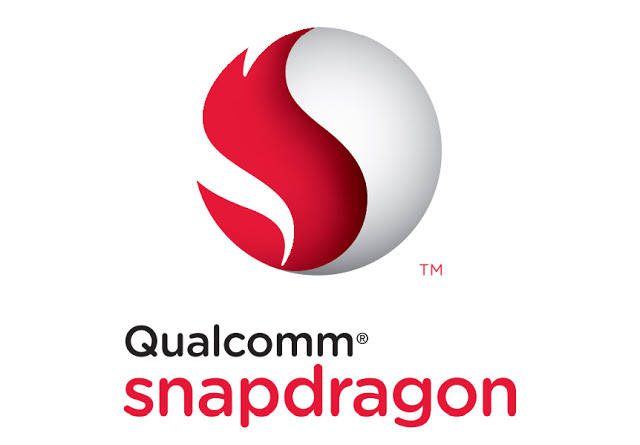One of the biggest differentiators between phones of different price categories is the system on a chip (SoC). Flagship phones have the best SoC’s like the Apple A13 or the Snapdragon 865 or the Kirin 990. Cheaper phones usually have lower tiered Kirin chips or Snapdragon chips.
As you can expect, cheaper phones have weaker processors than expensive phones However, it seems that will change with the Snapdragon 460.
The Snapdragon 4xx series is used with budget smartphones that are below KES 20,000. The Huawei Y7 Prime 2019 used the Snapdragon 450 and it is a competent budget smartphone. The 460 is way more powerful than the 450 and this is quite exciting.
Well, it all comes down to the specifications. Qualcomm quotes that the Snapdragon 460 has a 70% CPU boost and a 60% GPU increase compared to last generation. That is a massive generation leap in power between generations.
The massive power jump is due to the decision by Qualcomm to introduce powerful cores to this budget segment of processors. They brought 4 “performance” Cortex A73 cores which work with the 4 less powerful A53 cores. The CPU cores run upto 1.8 Ghz and are on a 11nm process node which is a first for this budget segment. The Snapdragon 450 had 8 A53 cores running at 1.8Ghz and were on the 14nm process node.
The GPU is also pretty decent. Qualcomm stuffed the Adreno 610 GPU into this SoC. This is way more powerful than the Adreno 506 GPU on the Snapdragon 450. The Adreno 610 was present in the Snapdragon 665 chip which is a SoC targeted at more expensive smartphones.
Qualcomm also added dual frequency GNSS which they say boosts upto 6 times the accuracy when you are using GPS. This means that phones with the Snapdragon 460 will be much quicker to acquire that GPS signal which is great for budget smartphones.
It also features the next generation Wi-Fi 6, theoretical maximum LTE download speeds of 390 Mbps (up from 300 Mbps in the 450) and Bluetooth 5.1.
Another cool thing is that it now supports USB-C which means we should be seeing budget smartphones with this connector this year.
The image signal procesor got a boost. It now supports higher resolution cameras (dual cameras upto 16MP, up from 13MP on the 450) and single camera upto 48MP (up from 21MP on the 450). It also supports the new HEIF photo capture which is the new standard that is out to replace the ageing JPEG standard that compresses a photo in better quality and half the storage as JPEGs.
The 460 also supports the fast UFS 2.1 storage which could mean we could start seeing budget smartphones transitioning from the much slower eMMC flash storage solutions.
The only disappointing thing is that we expect to see budget smartphones with the Snapdragon 460 by the end of the year. This means that you may need to hold on to your budget smartphone and wait for this release because the performance gains will be massive.
We still don’t know yet if Mediatek has an answer to this in the segment. In the budget segment, Qualcomm competes with Mediatek in providing SoC’s to these phones in this price bracket. They will have to measure up to compete and this is a win for everyone.






























